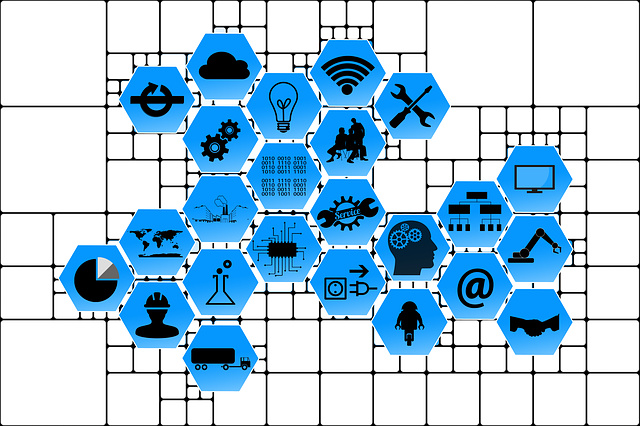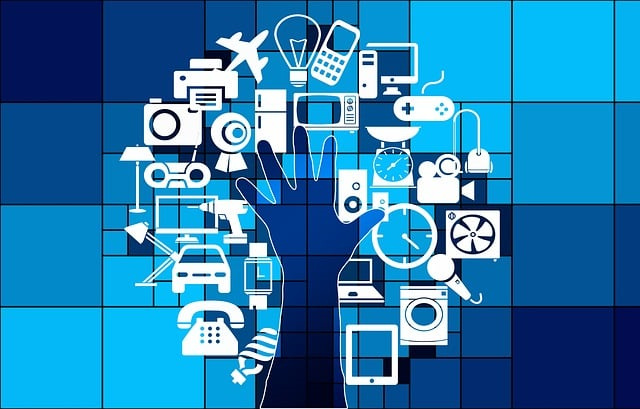The rapid development of modern society has brought unprecedented opportunities to agricultural science and technology, and people’s demand for rural modernization and agricultural informatization is also increasing day by day. A smart agricultural system can help farmers achieve high-yield, efficient, and low-consumption agricultural production, increase agricultural output value, optimize resource utilization, and assist rural modernization. So, how much investment does a smart agricultural system require?

First, we need to know what the main components of a smart agricultural system are. A complete smart agricultural system usually includes multiple modules such as agricultural big data platforms, Internet of Things sensors, drones, agricultural robots, and intelligent control systems. Each module is a key link in realizing smart agriculture, so the investment costs are also different.
The agricultural big data platform is the core of smart agriculture. It collects, stores and analyzes large amounts of agricultural data to provide farmers with the basis for scientific decision-making. Establishing a stable, reliable, and efficient agricultural big data platform requires certain hardware and software support, and therefore involves a certain amount of investment. Depending on the specific needs and scale, the investment cost of an agricultural big data platform ranges from hundreds of thousands to several million yuan.
IoT sensors are an important part of smart agricultural systems. Sensors can monitor soil moisture, temperature, light and other information in real time, providing farmers with accurate agricultural environment monitoring data. There are certain differences in the prices of IoT sensors. Depending on the brand and function, the price of a single sensor ranges from a few hundred yuan to several thousand yuan. Depending on specific agricultural production needs, farmers may need to purchase dozens or even hundreds of IoT sensors, so the investment cost is relatively high.

Drones are increasingly used in smart agriculture. They can help farmers conduct farmland inspections, monitor crop growth, fertilize and spray pesticides, etc. The price of drones is relatively high, ranging from a few thousand yuan to tens of thousands of yuan depending on different models and configurations. According to the needs of farmers, choose a suitable drone model for investment.
Agricultural robots and intelligent control systems can assist in agricultural production and management work and improve agricultural production efficiency and quality. Depending on different functions and performance, the price of agricultural robots ranges from tens of thousands to hundreds of thousands of yuan, and the investment cost of intelligent control systems is relatively low.
To sum up, the investment cost of a complete smart agriculture system will vary greatly depending on the specific needs and scale. Generally speaking, investment in smart agricultural systems is a relatively large-scale capital investment, but in the long run, the benefits and returns it brings to farmers are very considerable.
The benefits of smart agricultural systems are not only reflected in improving agricultural production efficiency and output, but also including optimizing resource utilization, reducing dependence on chemical fertilizers and pesticides, and improving the quality and safety of agricultural products. Through the analysis of agricultural big data, the smart agricultural system can provide farmers with personalized planting plans and agricultural management suggestions, help farmers make scientific decisions, avoid soil erosion and the occurrence of pests and diseases, and improve the quality and market competitiveness of agricultural products.
In addition, the smart agricultural system also promotes the process of rural modernization, improves the employment opportunities and income levels of the rural labor force, and accelerates the development of the rural economy. Smart agricultural systems transform agriculture from traditional planting models to informatization and intelligence, bringing new development opportunities to rural areas.
In short, the investment cost of a smart agricultural system is relatively high and will vary according to specific needs and scale. However, in the long run, the benefits that smart farming systems bring to farmers are immeasurable. Investing in smart agricultural systems is an important measure to modernize agriculture and improve agricultural efficiency, and is worthy of investment and promotion by farmers and related enterprises.